views
Investing in the right place is a good decision for those who wish to grow their money for later years and put aside funds for retirement. However, knowing how much risk you are comfortable with is essential before investing. It is about how you can handle losses and changes in the market without getting scared and making quick choices.
To be successful in long-term investment and make profits that continue, it is important to create a plan for investing that fits your money targets and how much risk you can accept. To reduce the chance of losing money, spread out your investments across different types and keep checking on your collection of investments regularly.
In this article, we study risk tolerance and how to adjust your strategy to choose the right investment portfolio.
What is Risk Tolerance?
Risk tolerance often refers to the degree of risk an investor is willing to take, given the volatility in an investment's value. Typically, investors base their investment decisions on their willingness to take risks when determining how much and what kind to make.
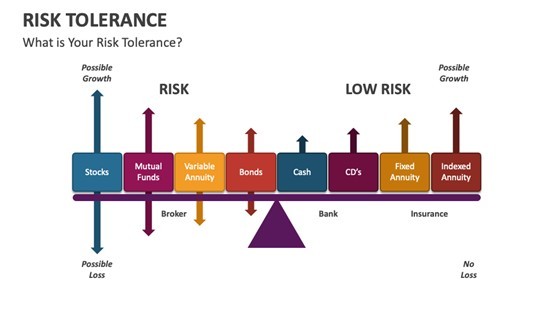
Every investment involves risk of some sort, and investors must understand their risk tolerance before they plan their portfolio. This will determine how they invest in different tools and whether they are aggressive, conservative, or moderate.
An investor's period for investing influences their comfort with risk. When the time is long, they choose assets with higher risks, such as shares in companies; however, when the time is short, they opt for investments that carry less risk.
Translating Risk Tolerance to an Investment Strategy
According to Ben from SEOHero, you can develop an investment strategy that matches your financial aims and ambitions depending on your risk tolerance. But to do so, you need to consider the following steps:
Step 1: Understand how much risk you can take
Use tools to assess risk and consider your own feelings about it. Consider factors such as the length of time before you need your investments, your financial situation, how comfortable you are with changes in market prices, and your goals for investing.
Step 2: Define what you aim to achieve with your investments
Do asset allocation according to what you aim for in investing and how much risk you can handle. Usually, those who have more time before they need their investments back and are okay with taking on more risk might do well with a strategy that puts more of their money into stocks.
Step 3: Diversify your investments across multiple asset types
Do not invest in just one place. Put your money in shares, bonds, and property to spread out the risk. Investing in various industries and companies helps you manage potential risks better.
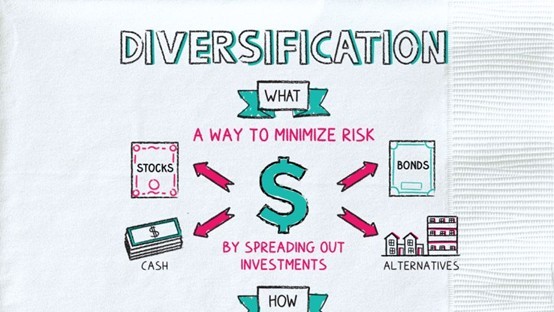
Step 4: Risk-reward tradeoff
Understanding your objectives can affect how ready you are to embrace risks, which could be associated with education and preparing for when you stop working or buying a house.
Take your investing horizons into account when understanding the risks and rewards accordingly. A longer time horizon can allow you to adopt a more aggressive strategy and endure brief market swings, while a more cautious approach can make sense for shorter time horizons.
Step 5: Emergency reserve
Prior to making risky investments, make sure you have an emergency fund established. During times when the market is not doing well, this fund can serve as a buffer to prevent having to sell off investments.
Step 6: Strategies for managing risk
To lessen potential losses, it is wise to use methods of managing risk, like setting orders for stop-loss. People who are not willing to take much risk might see these strategies as very useful.
Step 7: Stay up-to-date
Be informed about changes in economic conditions, market status, and personal money matters. Your awareness of outside influences might help you make educated decisions about changing your investing approach.
Step 8: Seek assistance from a specialist
Consult with a finance expert to receive guidance tailored to your unique circumstances. They can explain the intricate workings of financial markets and create an investment plan aligned with your desires and risk tolerance level.
Maintaining Your Portfolio
When you decide on the arrangement of your investment portfolio, several basic distribution approaches are available. Each one provides a different method, and it depends on what the investor aims to achieve, how long they plan to invest, and how much risk they can accept.
It is very important to check your portfolio frequently once it starts working to keep it in good condition. This considers any adjustments you may have made to your life, asset allocation, or financial requirements. Consider if it's time to adjust the relative weights of your holdings.
You might discover investment portfolio examples that require rebalancing even when priorities remain unchanged. You can maintain your portfolio in one of the following ways:
- Aggressive portfolio
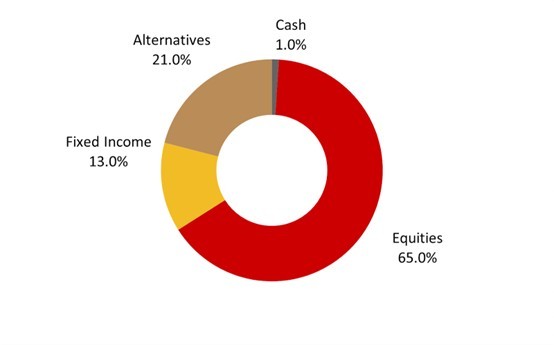
With a thorough understanding of the market, aggressive portfolio holders take significant risks. These investors are familiar with seeing many changes in the value of their investments. It is commonly known that seasoned investors with a diverse portfolio are aggressive investors.
They like asset classes like stocks that have volatile prices. Because of the level of risk they assume, they profit more when the market is performing well and, understandably, lose a lot when it is not. However, they do not panic sell during market crises because they are accustomed to high volatility.
- Moderate portfolio
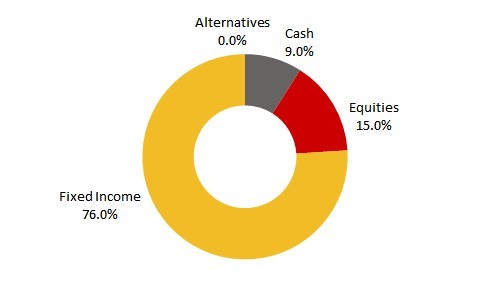
Unlike investors who take on more risk, those who maintain a moderate portfolio are often less risk-tolerant. They assume some risk and typically establish a maximum amount of loss they can bear.
They distribute their assets between safe and hazardous asset types. Investors who take a moderate approach make less money than aggressive investors when the market is doing well. However, these investors do not lose much money when the market is down.
- Conservative portfolio
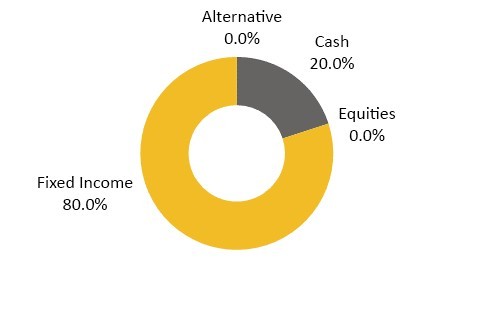
In the market, conservative portfolio investors assume the least amount of risk. They choose the solutions they believe to be the safest and never engage in risky investments.
They put preventing losses ahead of achieving profits. They only invest in a few asset types, like PPF and FD, where their wealth is safeguarded. Investment portfolio examples that are conservative are great for beginners.
Diversifying Your Portfolio
To lower the chance of losing money and possibly get more back from your investments, you should spread out what you invest in. This includes different kinds, like shares in companies, government or company loans, and properties.
If a person has around 40 to 50 different shares, it can make them up to 90% less likely to be affected by risk when they put their money into these things.
Since different assets may react to market situations differently, diversification aids in maintaining portfolio balance. With this approach, you may protect your holdings from the effects of market volatility while optimizing risk-adjusted returns.
Long-term stability and financial success can be improved by routinely reviewing and modifying your varied portfolio as per your risk tolerance and monetary goals.
Conclusion
It is important to choose a mix of investments that suits your tolerance for risk for efficient money management. Understanding your risk tolerance will help align your investment strategy with your financial goals and your ability to cope with financial fluctuations. A diverse and well-balanced portfolio customized to your risk tolerance can improve your long-term profits and tolerate market swings.
Author’s Bio: As an outreach specialist, I connect and build relationship with people. With over 4 years of experience along with communication skills, I develop and implement effective outreach strategies that deliver goal-oriented results.




















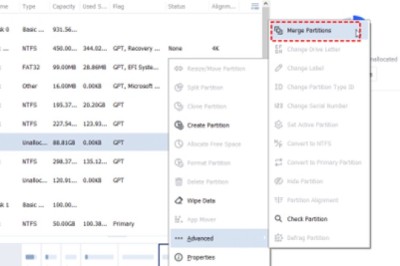




Comments
1 comment
Excellent post. You have shared great tips. I totally agree with you that it is important for every blogger to help their visitors. Once your visitors find value in your content, they will keep coming back for more.